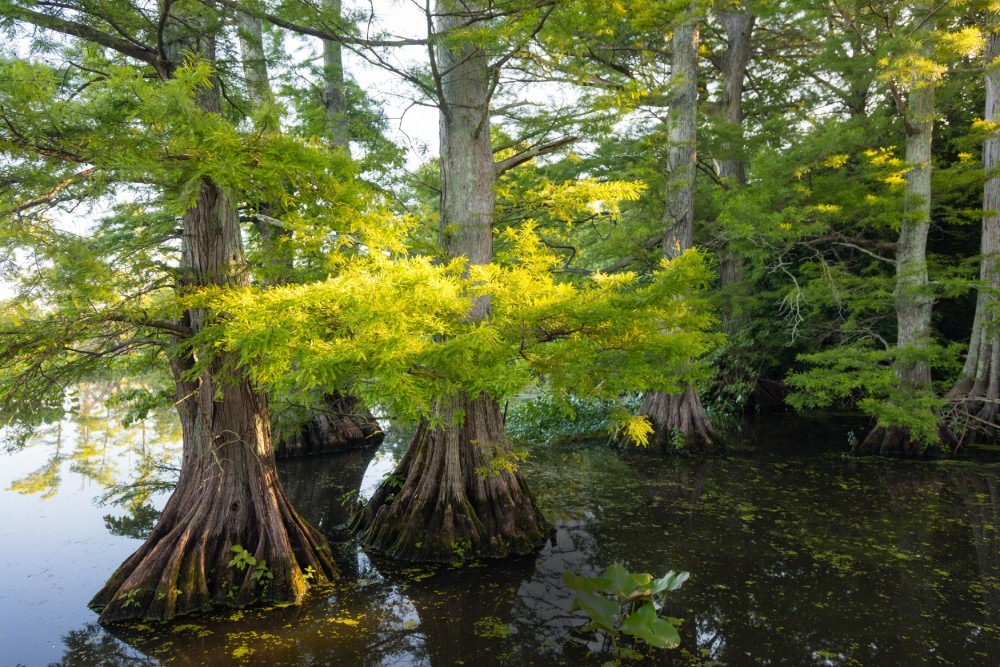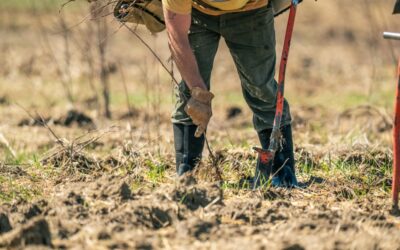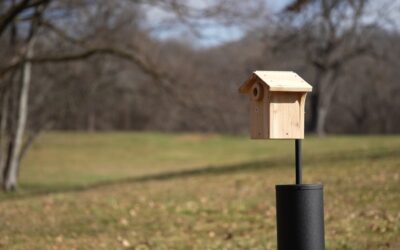Tennessee is known as the most biologically diverse inland state in the country. Part of what makes it so diverse is the many types of habitats, ecosystems, and species found throughout the state. Around 780,000 acres of Tennessee is wetlands, and these wetlands provide crucial habitat for wildlife such as migrating waterfowl. Read on to learn about some different types of wetlands found in Tennessee.
What is a Wetland?
A wetland is an area of land that is covered by water for part or all of the year. Specifically, wetlands are the result of the interaction between three main components: hydrology, biology, and soils. Wetlands are important for improving water quality, storing floodwaters, recharging groundwater, and providing critical wildlife habitat.
Wetland Types
The majority of Tennessee’s wetlands are classified as palustrine, which are intermittently to permanently flooded areas that are not within a lake or river channel.
Bottomland Hardwood Forest
The majority of Tennessee’s wetlands are located in the Mississippi River Basin in West Tennessee. The most common wetlands in West Tennessee are bottomland hardwood forests. Also known as river swamps, these highly vegetated wetlands are common alongside streams and rivers that occasionally flood beyond the river channel. Bottomland hardwood forests are filled with woody vegetation and trees such as green ash, bald cypress, water tupelo, river birch, and water-dependent oaks. Because of the thick vegetation, these wetlands are highly efficient at storing water to prevent flooding of downstream communities and filtering out pollutants and sediment before they reach the waterways.
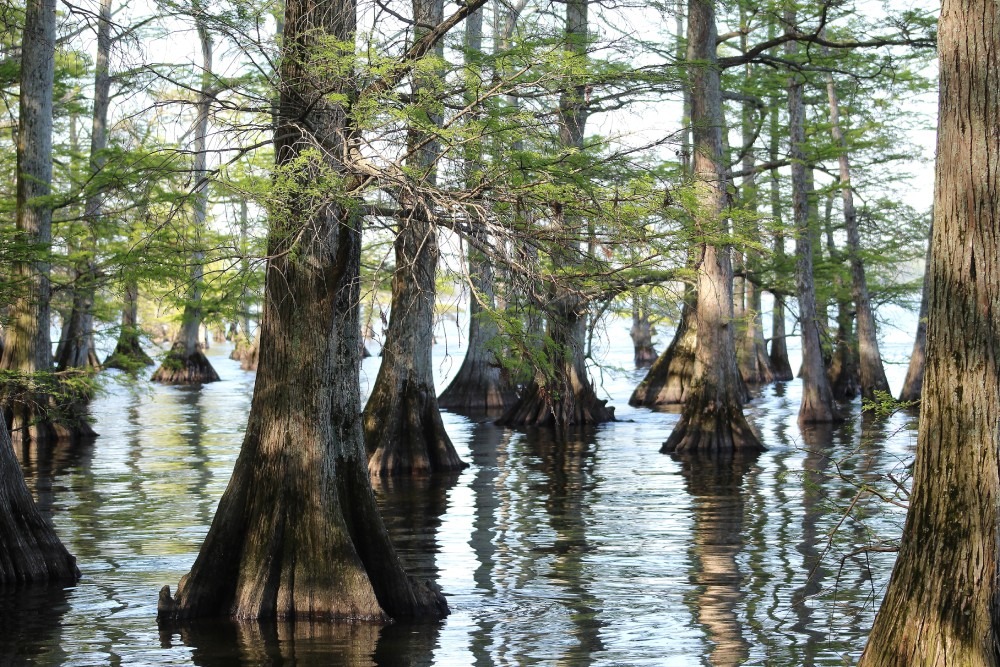
Where to find it: Jackson Swamp WMA, Reelfoot Lake State Natural Area
Scrub-Shrub
A scrub-shrub wetland is dominated by dense thickets of short woody vegetation (less than 20 feet tall). These wetlands are commonly found in shallow slackwater areas which flood often. Vegetation typically consists of woody wetland plants such as buttonbush, willow, and cottonwood. Patches of scrub-shrub wetlands are very valuable habitat for waterfowl and wading birds because they provide good vegetation for nesting and cover during the breeding season.
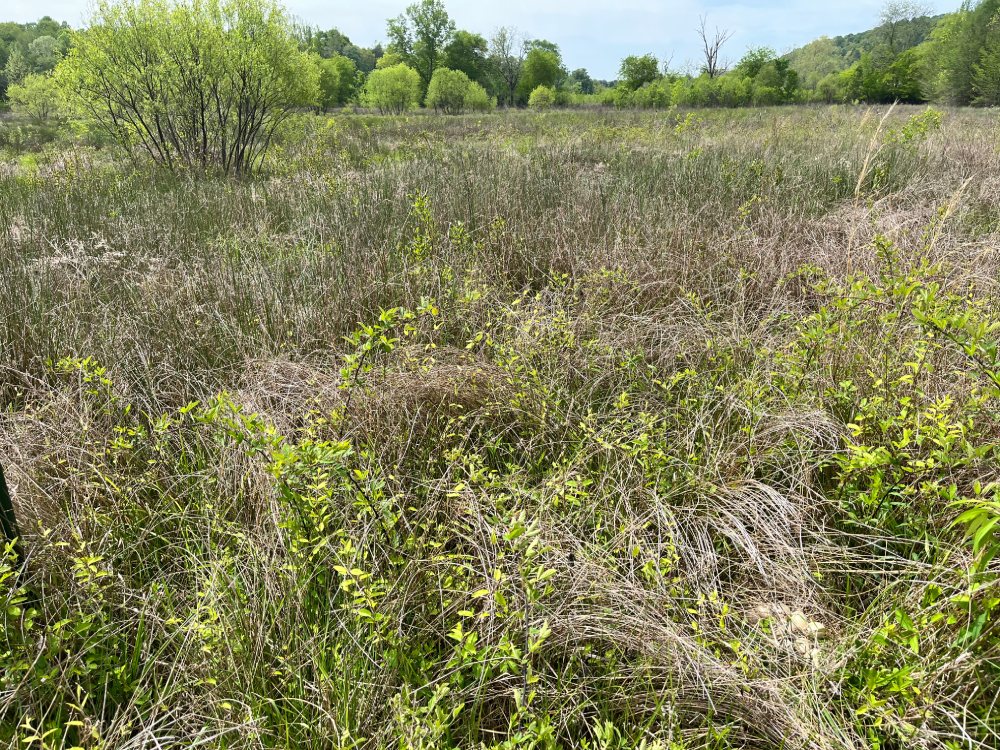
East Tennessee.
Where to find it: Cross Creeks National Wildlife Refuge, Tennessee National Wildlife Refuge Duck River Unit
Wet Meadow
A wet meadow is a type of marsh found in lake basins and poorly drained flats more commonly found in eastern and central Tennessee. Wet meadows are characterized by shallow, periodic flooding after heavy rainfall. These wetlands are excellent at collecting water runoff from nearby uplands, reducing the risk of seasonal flooding downstream. A variety of grasses, sedges, and wildflowers thrive on the high nutrient load of the stored runoff, providing important habitat and food for insects, amphibians, songbirds, and more.
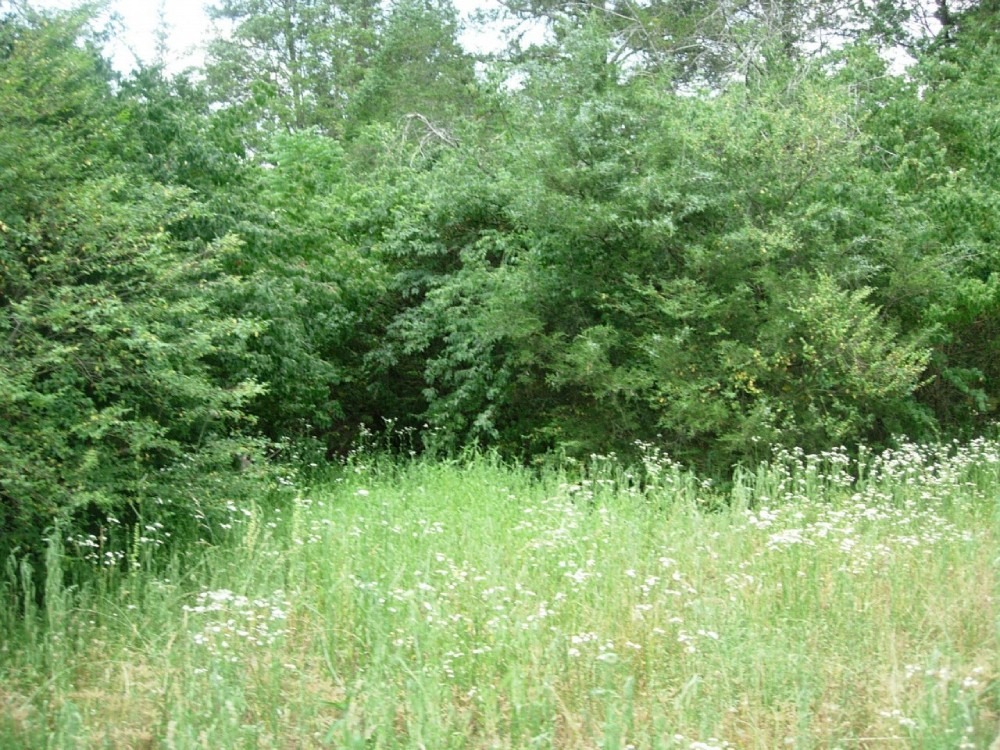
Where to find it: Morrison Meadow State Natural Area
Mountain Bog
In small areas of East Tennessee are rare mountainous wetlands known as mountain bogs. Because of their geographic location, mountain bogs contain acidic, nutrient-poor soils. These bogs are found in low lying areas within the mountains where water tends to pool. Despite the poor soil conditions, mountain bogs create ideal habitat for rare plants and wildlife such as American cranberry and the southern bog turtle.
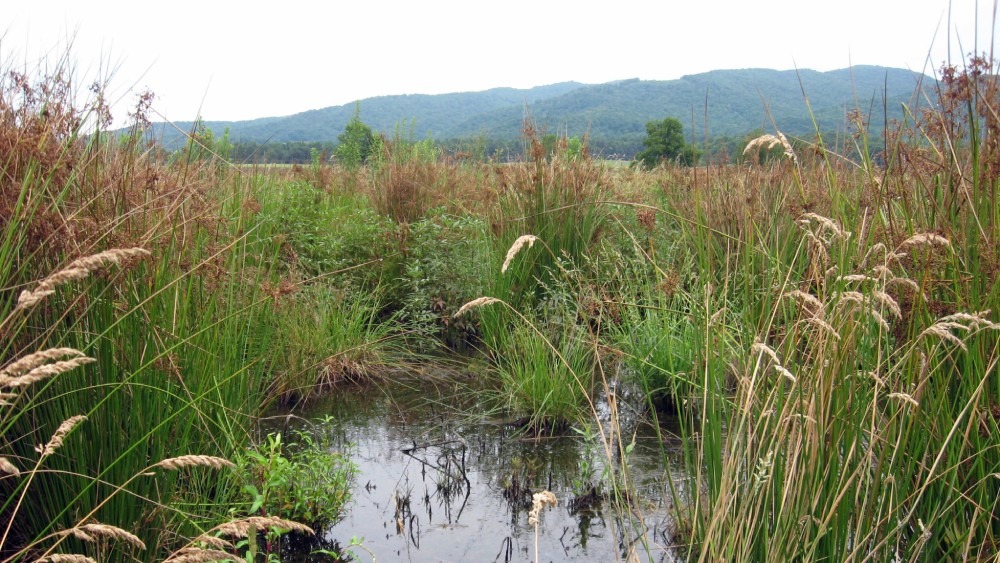
Gabby Lynch
Where to find it: Schoolyard Springs, Orchard Bog, and Quarry Bog in Shady Valley
Sources:
- Carter, Virginia. (1979). Wetland Classification and Mapping in Western Tennessee. Photogrammetric Engineering and Remote Sensing, 45(3), 273-284. Link
- Illinois Department of Natural Resources. (n.d.). Wetland Vegetation Management. Link
- Marrella, Amy. (n.d.). Part 1: Wetland Wildlife Values [PowerPoint Slides]. Wildlife Division, Connecticut Department of Environmental Protection. Link
- Meadow, Michael. (1996). National Water Summary Wetland Resources: Tennessee. U.S. Geological Survey. Link
- Michigan Natural Features Inventory. (n.d.). Palustrine Class. Michigan State University. Retrieved May 8, 2024. Link
- Tennessee Department of Environment and Conservation. (n.d.). What is a wetland? Retrieved May 8, 2024. Link
- The Nature Conservancy. (n.d.-a). Shady Valley. Retrieved May 9, 2024. Link
- The Nature Conservancy. (n.d.-b). Southern Appalachian Mountain Bogs. Retrieved May 9, 2024. Link
- U.S. Environmental Protection Agency. (2023, May 31-a). Bottomland Hardwoods. Retrieved May 8, 2024. Link
- U.S. Environmental Protection Agency. (2023, May 31-b). Wet Meadows. Retrieved May 9, 2024. Link
- U.S. Environmental Protection Agency. (2024, April 11). Classification and Types of Wetlands. Retrieved May 8, 2024. Link

